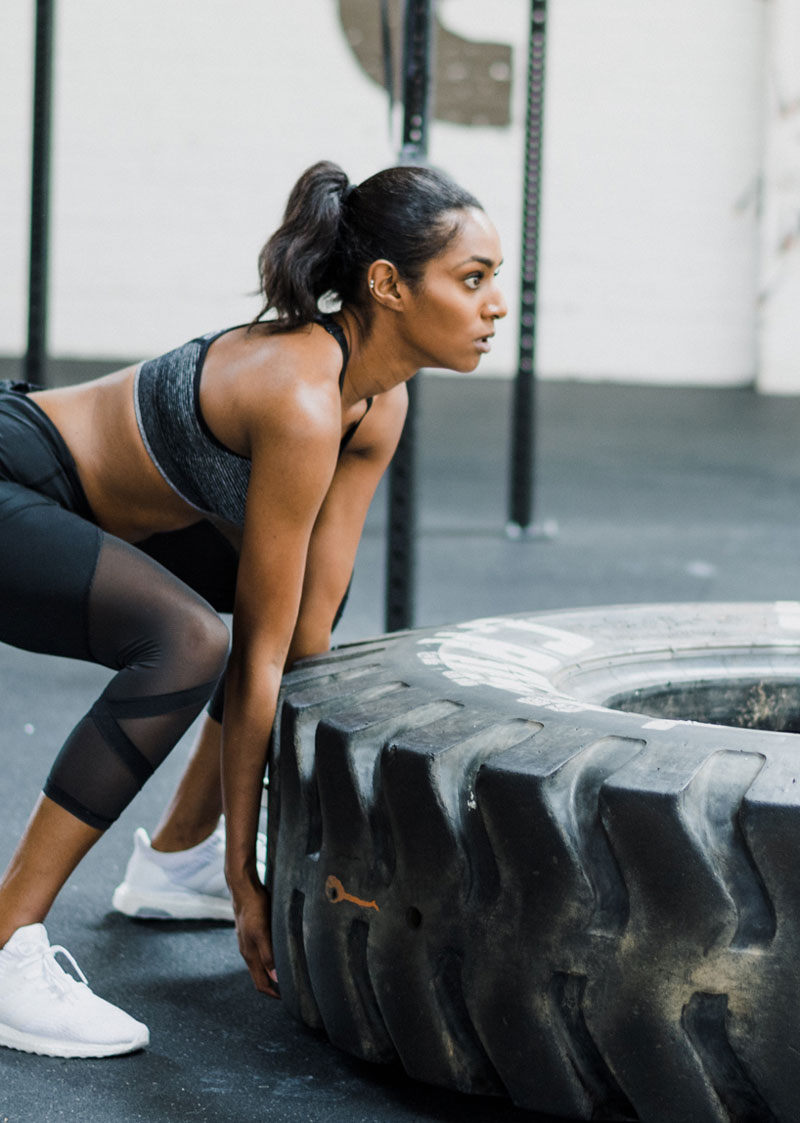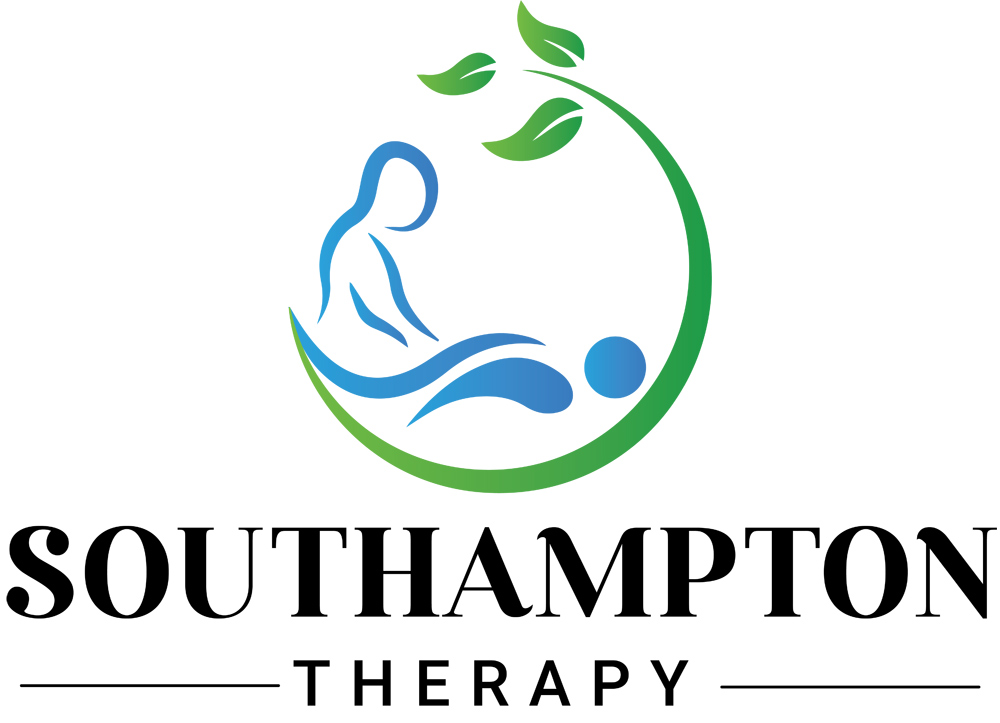Massage Techniques

A deep tissue massage is an approach that focuses on the deeper layers. It targets connective tissues and muscles, realigning them to their proper form. The therapy is often called for in handling pain and stiffness, but it can also be used for other functions.
The techniques rely on deep pressure at slow rates, targeting tense areas and pain. The overall process involves breaking down hard and rigid tissue, relieving pain. Massage oils might be used to help in this process, as well as affecting deeper musculature.
Techniques used in deep tissue massage sessions include:
- Deep strokes
- Skin rolling
- Friction
- Vibrations
Deep strokes rely on heavier pressure, affecting deeper areas of the body. The aim is to promote relaxed muscles. The strokes also improve blood flow and help the removal of waste products that may be causing pain or stiffness.
Rolling is a method that is meant to increase the temperature in the body. It is also meant to improve elasticity, decrease pain, and relieve tension in the muscles. The technique uses rhythmic rolling of rocks until any tensions and pains are eased.


Massage comes in numerous types and utilizes varying techniques. Each of these is a component of a comprehensive plan with a specific goal. If you’re interested in knowing what specific techniques are known to our massage therapists, a quick summary of things is available on this page.
Acupressure – this is a technique that aims to relieve pain and reduce tension. It is performed with fingers gradually pressing into critical points on the body, similar to needles in acupuncture. These points are called trigger points, which are areas where nerves meet causes of irritation.
Beating and Pounding – this technique relies on the use of heavier percussion movements. This is used in larger areas of the body, such as the thighs. Striking large areas with clenched fists produces a deep effect, stimulating blood circulation and softening the adipose tissue.
Compression – this relies on laying hands over a muscle area, pushing down. The hands are then lifted up before moving to a different area. The process is repeated. This movement causes a relaxed mood to emerge from the nervous system.
Cupping – a vacuum technique, using handheld cups. The cups are placed on the body, creating a partial vacuum that reduces tension and loosens the skin. Through the use of this and pressure, it can soften tight muscles.
Deep Strokes – a common technique, used in multiple types of massage. This is performed along the direction of muscle fibres, relying on strokes that are deep and create an impact that reaches underlying structures.
Effleurage – this technique relies on light pressure and is often an “opening move” for a massage treatment. It promotes blood circulation and increases the temperature of the soft tissue.
Friction – this relies on the use of force across soft tissue structures. This can help break down scar tissue and realign fibres.
Hacking – percussive movement, using light and fast strikes performed by the side of the hands. This stimulates the nervous and circulatory system at the same time. It is used in larger muscle areas, often paired with other percussion techniques.
Kneading – this technique compresses soft tissues. This uses a circular motion that lifts, rolls, and squeezes an area in a compressive action. It is not that different from bakers kneading bread, thus the name.
Lymphatic Drainage – this technique is designed to stimulate the natural removal of waste products from the body. It augments the lymphatic system, improving the flow.
Mobilization – a massage therapy used on both joints and soft tissues, meant to relieve tension and stiffness.
Skin Rolling – this is used for clearing obstructions within soft tissues.
What You Get
Deep Tissue Massage
This is a treatment that is focused on working on deeper layers of muscle, as well as connective tissues. The purpose is to help realign the tissues, which may have been deformed by accidents, injuries, or trauma.
It’s great for relaxing muscles and working on deeper musculature.
Instrument-Assisted Soft Tissue Mobilisation
This is a treatment designed to locate and treat soft tissue dysfunctions. It relies on the use of tools, addressing muscular and skeletal conditions through the application of friction techniques on the skin.
The primary function is to break down scar tissue.
Mechanical Massage
This treatment is used in combination with other approaches, aimed towards the soft tissues. This may utilize a number of equipment and is designed for targeting specific zones or affecting larger, deeper parts of the body.
It fulfils the same function as manual massage therapies but is preferred by some due to a lack of the personal element.
Remedial Massage
This is meant to treat deep and superficial tissues alike. This treatment relies on the use of a number of skilled techniques, aimed at manipulating soft tissues. It also sees use as a method of relaxation, reducing pain and normalizing muscular tissues.
Sports Massage
This is a deep tissue mobilization treatment. Despite the name, it is applied in both a sporting and non-sporting context. The term covers a wide range of techniques and methodologies, such as kneading and hacking.
Sports massage might see a use for general relaxation. It is also used as part of a treatment regimen for athletes, relieving muscular tension and mobilizing tissues.
Swedish Massage
Gentle and vigorous, this therapeutic approach uses massage techniques and strokes to promote relaxation. Gentle methods are used to warm up muscles and increase circulation. More vigorous techniques break down soft tissues.
Swedish massage can be used as a treatment for many conditions.
Therapeutic Massage

